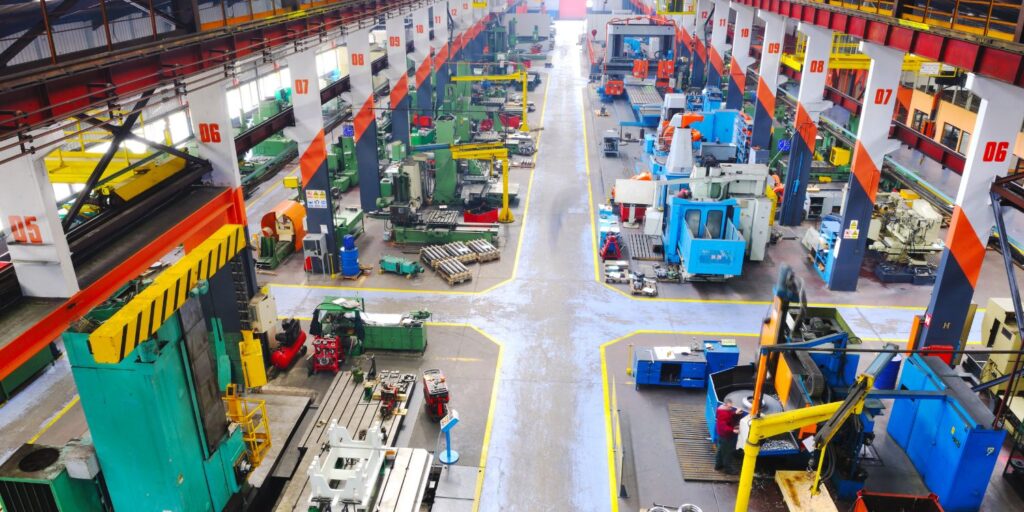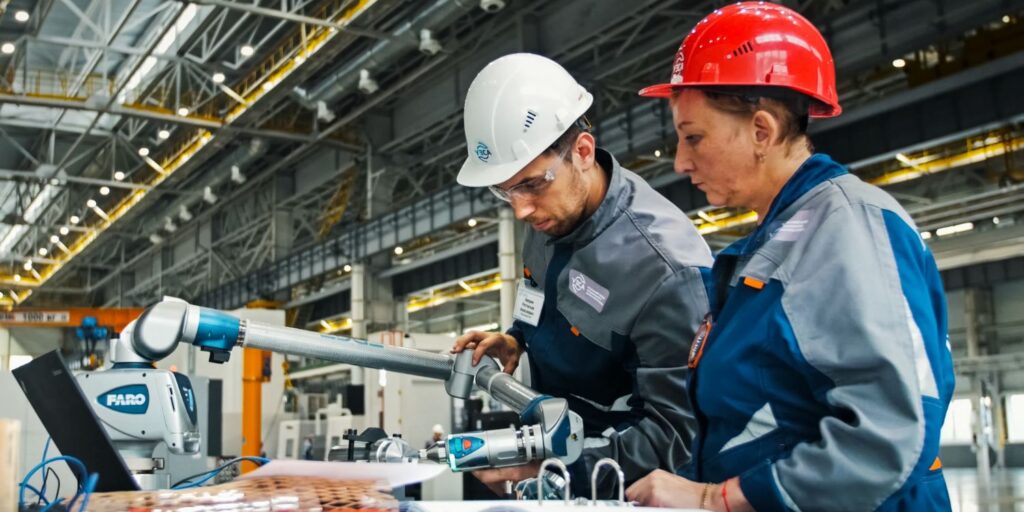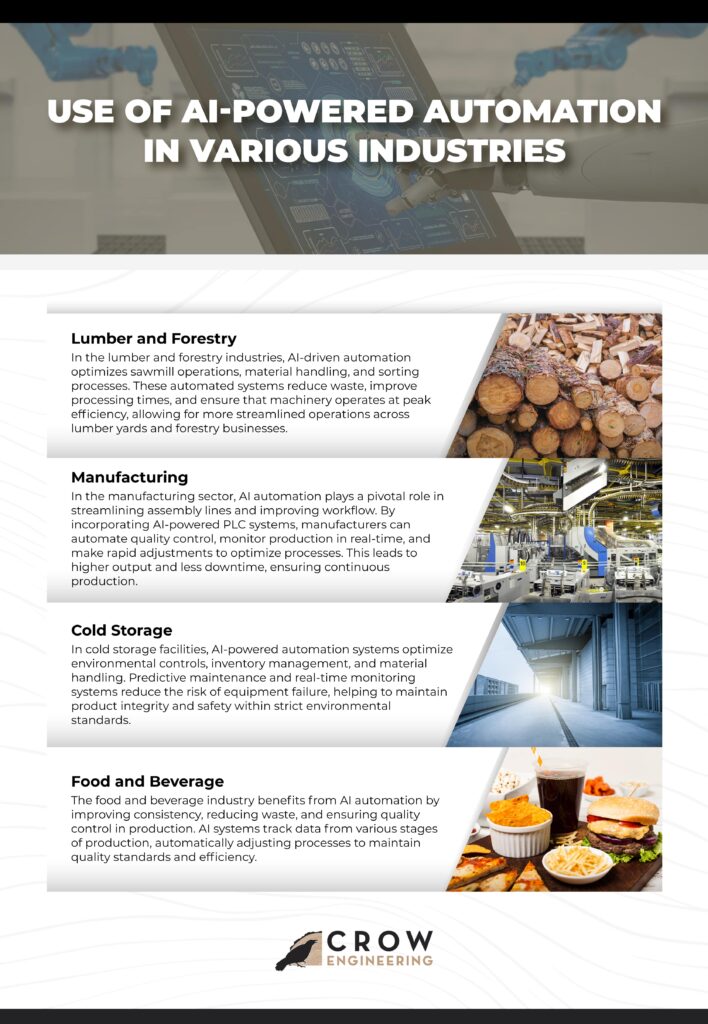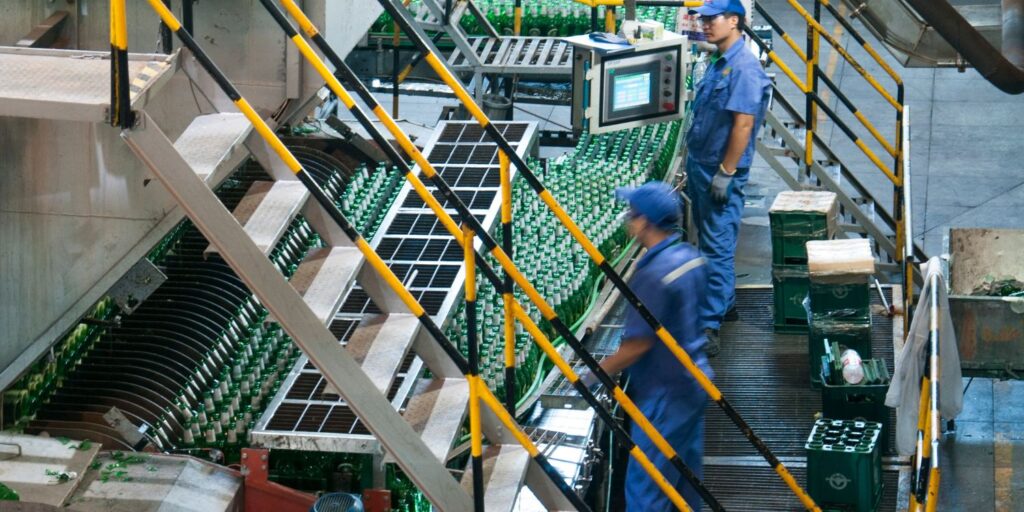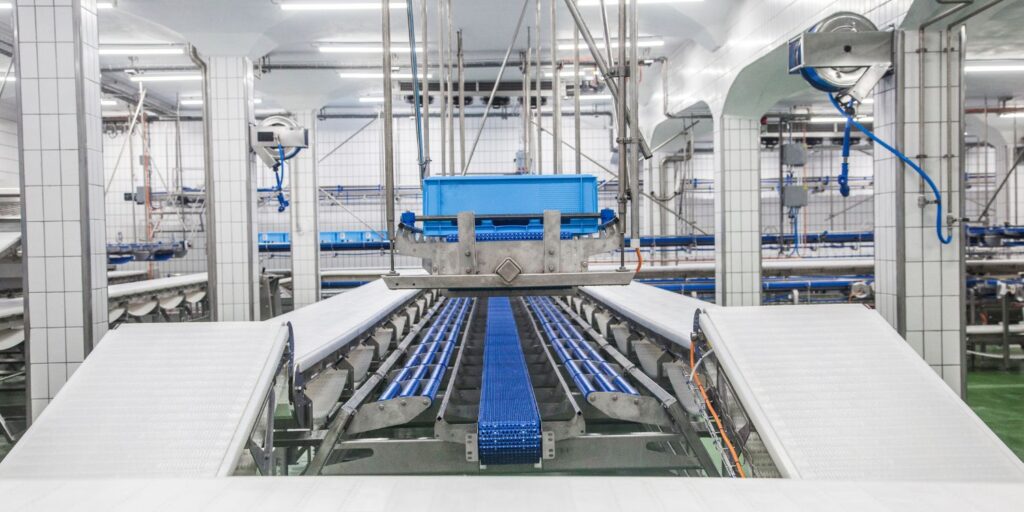Understanding and Managing Combustible Dust Hazards in Industrial Facilities
Combustible dust hazards represent a serious—but often underestimated—threat to industrial safety. Whether in manufacturing, food processing, or metalworking, any facility that handles fine particulate materials is at risk for fire, deflagration, or a catastrophic industrial dust explosion.
At Crow Engineering, we specialize in helping businesses proactively manage combustible dust safety, ensuring your operations remain productive and compliant—without compromising safety.
Factory Layout for Operational Excellence
The Role of Factory Layout in Industrial Success Effective factory layout planning forms the foundation of streamlined workflows, increased productivity, and enhanced safety in industrial facilities. A thoughtfully designed layout optimizes every aspect of operations, from material handling to compliance with regulatory standards. Crow Engineering designs customized, optimized industrial plant layouts integrating cutting-edge automation technologies…
Designing a Factory: Optimizing Plant Layout and Production Lines
Designing a factory requires meticulous planning and industrial plant engineering to achieve efficient workflows, maximize space utilization, and seamlessly integrate production lines. Whether reconfiguring an existing layout, adding a new production line, or starting with a greenfield facility, thoughtful design is key to operational success and long-term efficiency. Importance of Plant Layout Optimization An optimized…
Use of AI-Powered Automation in Various Industries- Infographic
Achieving maximum efficiency, accuracy, and productivity is essential for industries aiming to stay ahead in today’s competitive landscape. AI-powered automation is transforming industrial processes by delivering intelligent, adaptive solutions that minimize human intervention while optimizing performance. Leveraging artificial intelligence (AI), businesses can automate routine tasks, process large volumes of data, and make real-time decisions, driving…
The Role of a Process Development Engineer in Modern Manufacturing
A process development engineer is critical in transforming manufacturing operations by designing, implementing, and optimizing processes to achieve greater efficiency, higher product quality, and innovative solutions. Their expertise bridges the gap between conceptual design and operational execution, ensuring that manufacturing systems are effective, sustainable, and adaptable. This role is vital across various industries such as…
How to Improve Manufacturing Efficiency
Manufacturers and OEMs of all sizes must optimize equipment performance and operational efficiency to remain competitive. Implementing effective strategies can significantly improve production processes, cost savings, and product quality, all leading to an improved bottom line. Strategies to Improve Manufacturing Efficiency Manufacturing efficiency refers to a company’s ability to produce high-quality products while minimizing waste,…
Enhancing Manufacturing Equipment Performance and Operational Efficiency
Manufacturers and OEMs of all sizes must optimize manufacturing equipment performance and operational efficiency to remain competitive. Manufacturers face constant pressure to maximize output while minimizing costs, making effective machinery management and streamlined processes essential for success. This focus on operational excellence enhances productivity and ensures long-term competitiveness in the industry. Key Performance Indicators (KPIs)…
How a Manufacturing Process Engineer Drives Operational Success
A manufacturing process engineer is pivotal in industrial success, optimizing production lines, enhancing product quality, and integrating advanced technologies. They are at the forefront of transforming operations by designing efficient workflows, ensuring compliance, and implementing innovative solutions. As industries evolve rapidly to meet new demands and challenges, the expertise of a manufacturing process engineer has…
Key Benefits of Partnering With Crow Engineering
Crow Engineering provides a comprehensive suite of engineering and design services, specializing in creating world-class facilities with a strong emphasis on safety and efficient process engineering design. With over 50 years of manufacturing expertise, we stand out among engineering firms. Our extensive range of services goes beyond traditional engineering, focusing on optimizing manufacturing systems to…
Who are we?
Crow Engineering is a multi-discipline consulting engineering firm serving mechanical, structural, and civil engineering needs for a variety of industries.


